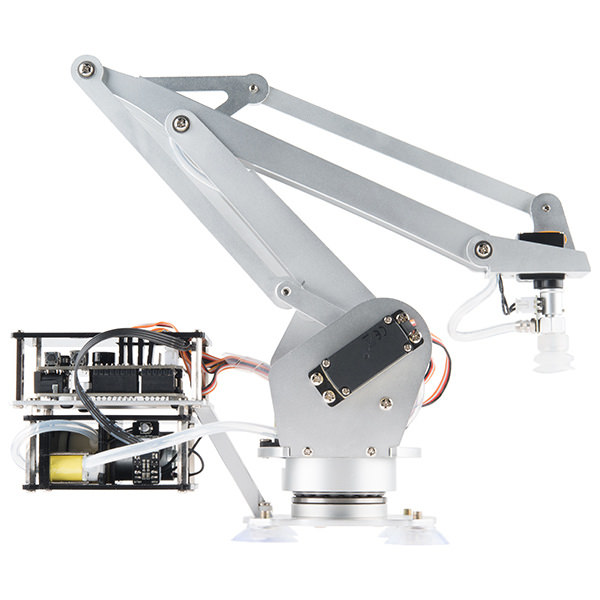“Can I ask a question?” said my classmate Gabriel, raising his hand. My geometry teacher stopped drawing and spun around. It was a typical morning in sophomore year and, as usual, I was struggling to keep my eyes open for an hour of math at 7:30 a.m.
“You can ask your question,” said Mr. Johnson, thrusting the chalk at Gabriel, as he always did when making a point to a student. “But before you do, remember: There are no stupid questions, only stupid people.”
Half of the class tittered, and the other half sucked in their teeth. I put down my pencil in surprise, uncertain what would happen and now completely awake.
Gabriel sat silently for ten seconds, slowly turning red, and said nothing. So Mr. Johnson turned back to the board and resumed his lesson. I exchanged glances with my neighbors; no one else raised his hand that day.
Why am I telling this story about a sarcastic (and sadistic) high school math teacher? Because what he said that day was unforgettable. It wasn’t one of life’s special moments. It was just a class like any other, only one made unique by an unexpected event.
I can’t recall a single thing I learned in geometry, but I do remember this small episode like it was yesterday. And though you don’t want to insult your customers and prospects, you do want to find a way to make your content memorable – to make it a standout part of an otherwise normal day.
Remember me
Making your content memorable is absolutely critical. Your target audience reads dozens of blog posts, news articles, Facebook statuses, and emails every day – how many of them will she recall in detail 24 hours later? Think about all the of the information you encountered yesterday. How much do you remember? How much did you ignore?
So how often is your white paper, or email marketing campaign, or other message being recalled?
Tricks of memory
At the most basic level, your content will probably be memorable it meets the rest of the MEDICAL standard, and cannot be memorable if it does not follow the other six rules for writing great content. There are also specific ways you can boost your memorability.
- Use a hook to bring in your audience, like the above story about Mr. Johnson’s class. The reader is more likely to remember it, and everything else that follows.
- Reveal information that will absolutely astound and impress your prospects. This could be a huge ROI from using your service, the percentage of companies in your target industry that suffer a common problem, or another important fact. The use of interesting data is probably the most common way marketers make their advertising and long-form writing memorable.
- If appropriate, make your language bold, brash – even lurid. Many do not like the racy Super Bowl spots GoDaddy uses to draw attention, yet the company’s ads are certain memorable. Be cautious if you choose to go this route.
- Paint a picture: Illustrate what your prospect’s life will be like if she uses your product or service. This can be the most successful way to be remembered, but might also be the hardest. Writing a truly compelling day-in-the-life is tough to do, especially within the confines of professional communication.
- Or you can paint a picture literally (and if a picture is worth 1,000 words, how much is a video worth?) Good visuals will do more than draw the eye – they can also make the written material more engaging.
- Above all, make sure your content talks about the benefits to your prospect, and does not simply list features. Very few people will read or recall a list of features, so you must explain how their jobs and lives will improve with your product. This is a cardinal rule of writing memorable content! There is, however, a partial exception for technical products aimed at a technical audience; in this case, your prospect will interpret the description of a feature in terms of its benefit.
This is only a partial list of the ways you can write memorable content.
Total recall
So how do you know if you’ve met the memorability standard?
If your work is memorable, your audience will be able to tell you what they read and what it meant, even well after reading it. Test it out on your business partners, family members, friends – anyone who will do you a small favor and be honest with you. Send them your draft copy and ask them to read it right away. Then, 2-3 days later, follow up and ask what they remember. Did they recall the main points you wanted your audience to know? If they did not, your content may be forgettable. Of course this rough method may not be feasible, and isn’t a substitute for data.
It’s best if you can conduct A/B testing comparing some old content against your new message. As you follow up with your prospects, ask a question that refers back to a key point you wanted them to remember (e.g., “I am calling because you downloaded our white paper about enterprise security and asked us to follow up with you. Do you recall from our paper what percentage of companies had a computer breach in the last 12 months?” If your latest material is memorable, more readers will remember your key takeaways. This tactic has the drawback of potentially distracting you during precious moments with your customer, and only works if you have old material to update.
Ultimately you will have to gut check yourself. Think back to the best two or three pieces of content in your industry that you didn’t produce. Why do you remember them? What did those authors do that you could do in your writing – without copying exactly what they said?
Whatever you do, make sure your writing is more memorable than the geometry you were taught in high school.
What are some ways that you have made your content more memorable? Tell us in the comments below.
PHOTO ATTRIBUTION
Torsten, math teacher by Blondinrikard Fröberg CC BY 2.0



